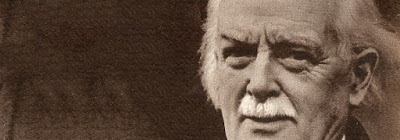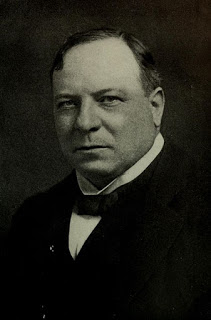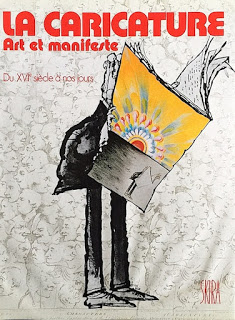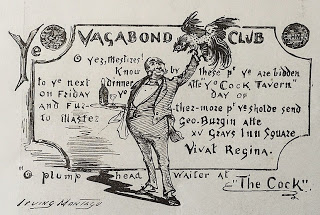We could find no further copies of the 1894 London journal The Sketch which in that year was running a series 'The literary cranks of London.' However the 1899 publication The Book of Omar and Rubaiyat has an essay on the Omar Khayyam Club entitled 'The literary cranks of London' by 'A Member' which is almost certainly reprinted from the series. The book shows a menu card for the society designed by the PRB artist Simeon Solomon. The other club in the series was 'The Johnson Club' - there were possibly more.
Mention is made here of 'The Ghouls' which may pay further investigation... Of the many societies that flourished then the Omar Khayyam is one of the few to have survived and still meets. There is also an American chapter.
THE OMAR KHAYYAM CLUB
By A MEMBER
The literary cranks of London are as the sand of the sea-shore for number, and yet they have rather diminished than increased during the last few years. The Wordsworth Society no longer collects archbishops and bishops and learned professors in the Jerusalem Chamber to solve the mystery of existence under the guidance of the great poet of Rydal, and one is rather dubious as to whether the Goethe Society has much to say for itself to-day, although in its time it has crammed the Westminster Town Hall with enthu- siastic lovers of German literature. The Shelley Society one only hears of from time to time by its ghastly bur- den of debt,a state which perhaps reflects the right kind of glory upon its great hero, whose aptitude for making paper boats out of Bank of England notes, if apocryphal, is, at any rate, a fair exemplification of his capacity for getting rid of money.And as to the Browning Society, with its blue-spectacled ladies, deep in the mysteries of Sordello, if the cash balance, which is said at Girton to have been expended in sweetmeats, had any existence, at the London centre, one knows not what confectioner at the West End has reaped the benefit. There are, however, some fairly flourishing organizations at this moment. One of them is the "Sette of Odd Volumes," another the Johnson Club, to say nothing of the "Vaga- bonds," the " Ghouls," and the latest comer, the Omar Khayyam Club.
Continue reading























